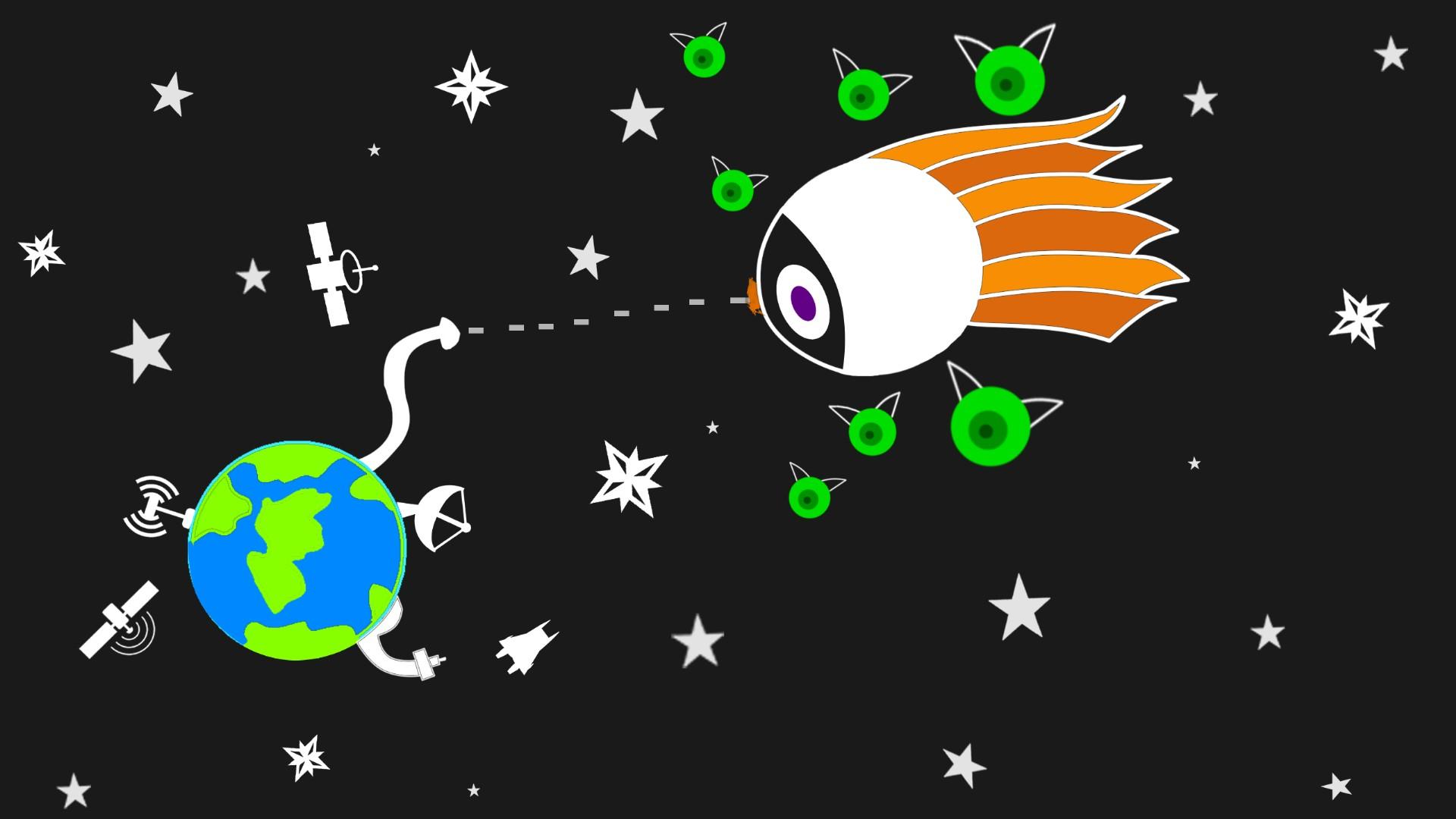
Don't Disappear: A Driver's Guide to a Truck's 'No-Zones'
A "No-Zone" is the official term for the significant blind spot areas around a large commercial vehicle, like a truck or a bus. These are the zones where the driver's visibility is extremely limited or completely non-existent. If your car, motorbike, or scooter is in a No-Zone, the truck driver cannot see you.
It's a Thursday morning here in Indonesia, and if you’re driving on any major road—from the chaotic Jakarta Outer Ring Road to the bustling highways connecting the cities of Java—you're sharing the asphalt with some very large and heavy companions. Weaving through traffic, it's a common and dangerous assumption to think, "If I can see the truck, the driver can see me."
But from the high vantage point of a truck cab, the view is vastly different. There are huge patches of road around the vehicle that are completely invisible. Welcome to the No-Zone—the dangerous, invisible bubbles around every big rig where you can literally disappear from a driver's sight.
Understanding these zones isn't just about being a better driver; it's a critical piece of road safety that can save your life. Let's break down where these No-Zones are and how you can stay safe and visible when sharing the road.
The Four No-Zones: Where You Become Invisible
A commercial truck has four major blind spots that are much larger than those of a standard car. It's essential to know where they are so you can avoid lingering in them.
1. The Front No-Zone
This is the area directly in front of the truck's cab. Because the driver sits so high off the ground, they cannot see anything that is immediately in front of their bumper. This blind spot can extend up to 20 feet (about 6 meters) forward.
-
Why it's dangerous: If you merge into a lane too closely in front of a truck and then suddenly hit your brakes, the driver may not even realize you are there until it's too late. Combined with a truck's massive stopping distance, this is an incredibly dangerous position to be in.
2. The Rear No-Zone
This is the most well-known blind spot, and it's enormous. The area directly behind the trailer is completely invisible to the driver, extending for up to 200 feet (about 60 meters).
-
Why it's dangerous: Truck drivers do not have a rearview mirror like a car does. They rely entirely on their side mirrors. If you are tailgating a truck, you are in this No-Zone. The driver has absolutely no idea you are there. If they need to brake suddenly or reverse, you are in a highly vulnerable position.
3. The Left-Side No-Zone (Driver's Side)
While the driver's side offers the best visibility, there is still a significant blind spot. It runs along the side of the truck, typically starting just behind the driver's door and extending about halfway down the length of the trailer.
-
Why it's dangerous: Cars can easily "hide" in this zone. If a truck driver needs to make a left-hand lane change, they may not see a car that is cruising alongside them in this blind spot.
4. The Right-Side No-Zone (Passenger's Side)
This is, by far, the largest and most dangerous No-Zone. It extends diagonally out from the front of the cab and runs the entire length of the trailer, often covering two full lanes of traffic.
-
Why it's dangerous: The driver's view to the right is severely obstructed by both the passenger seat and the bulk of the truck and trailer. This is the primary danger area for what's known as a "squeeze play" accident when a truck is making a right turn.
The Golden Rule: If You Can't See the Driver, They Can't See You
This is the simplest and most effective piece of advice for sharing the road with trucks. Make it a habit to glance at the truck's large side mirrors. If you cannot see the driver's face reflected in their side mirror, then you are in one of their blind spots, and they cannot see you. It's a quick and easy way to check your own position and ensure you remain visible.
It's Not Just About Sight: The Physics of a Big Rig
Staying out of a truck's blind spots is only half the battle. You also need to respect the physical limitations of these massive vehicles.
1. Stopping Distance
A fully loaded semi-truck can weigh up to 40 tons (80,000 pounds). It simply cannot stop on a dime. At highway speeds, a truck needs a distance roughly the length of a football field to come to a complete stop. That's why cutting off a truck is never a good idea.
2. Wide Turns and the "Squeeze Play"
Trucks have a much larger turning radius than cars. To make a 90-degree right turn, a truck driver will often need to swing wide to the left first to give their long trailer enough room to clear the corner. Inexperienced car drivers often see this as an opportunity to sneak up on the right side of the truck. This is a potentially fatal mistake known as the "squeeze play." As the truck completes its turn, the car gets trapped and crushed between the trailer and the curb. Always assume a turning truck needs all the space it appears to be taking, and then some.
3. Wind Turbulence
Large trucks create powerful air currents that can feel like a sudden, violent gust of wind. For smaller cars, and especially for motorbike and scooter riders, this turbulence can be strong enough to push you out of your lane. Always maintain a firm grip and be prepared for this effect when passing a truck or when one passes you.
Your No-Zone Safety Checklist ✅
-
Don't Linger: Pass large trucks as quickly and safely as possible. The left side (driver's side) has a smaller blind spot, making it the safer side to pass on.
-
Don't Tailgate: Stay far enough behind a truck so that you can see both of the driver's side mirrors.
-
Don't Cut It Close: When you pass a truck and pull back into the lane, make sure you can see the entire front of the truck in your rearview mirror before you merge. This ensures you've given them enough space.
-
Anticipate Turns: If a truck ahead of you puts on its turn signal, give it plenty of room. Do not try to squeeze past it on either side.
-
Be Patient: Trucks are the lifeblood of our economy, delivering everything that keeps our cities and towns running. They are heavy, slow to accelerate, and require a lot of space. A little patience from other drivers goes a long way in keeping everyone safe.
By understanding the unique challenges that truck drivers face and by being constantly aware of their No-Zones, you're not just being a courteous driver—you're being a smart and safe one.









